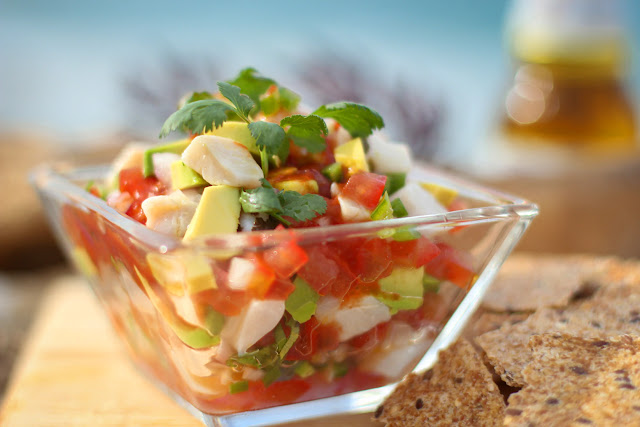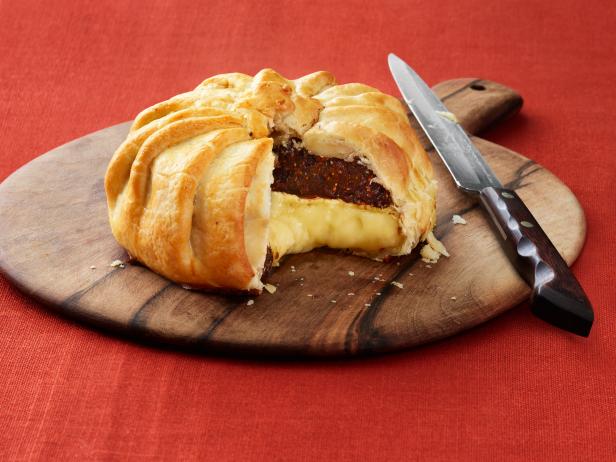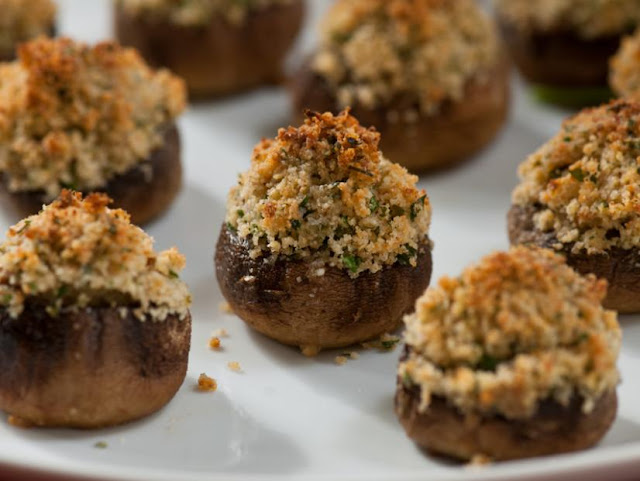In many countries in Latin America , they have a version of this dish in which the fish is cooked in lime juice instead of by heat. This makes a posh appetizer and if you increase the serving sizes, a light main dish. This is not only low-carb, it’s also very low-calorie!
 |
| рrерare tіmе: 20 mіnutеs сооk tіmе: 20mіnutеs уіеld: 8 sеrvіngs |
For this you will need to prepare:
1½ pounds (680 g) fish fillets
8 limes
2 tomatoes
¼ cup (16 g) chopped fresh
oregano
¼ cup (16 g) chopped fresh
cilantro
1 fresh jalapeño (optional)
1 black avocado
¼ red onion, diced
Salt and pepper to taste
Here’s how to cook it:
1. This dish lends itself to endless variation, but one thing remains constant: Everything must be perfectly fresh, especially the fish. Talk to the fish guy at the grocery store and tell him you want to use the fish for ceviche (spelled “sehvee-chay”). Tell him you need fish that has never been frozen and choose from what he has, rather than going into the store with the idea of buying a particular kind of fish and ending up buying something that’s been thawed. You can use seafood as well as fish fillets— shelled shrimp, scallops, baby squid, and chunks of lobster tail all lend themselves to this treatment. Or you can use fin fish like mackerel, red snapper, grouper, halibut, cod, or flounder. It is customary to use two to four kinds, rather than just one, but suit yourself.
2. Cut any fish fillets into serving-sized pieces. Put your fish or seafood in a glass or crockery dish. Squeeze 7 of your limes—you should have about 1¼ to 1½ cups (300 to 360 ml) lime juice— and pour the lime juice over the fish. Turn the fish to make sure it’s completely coated. Cover the dish with piece of plastic wrap and refrigerate for 8 to 12 hours or overnight. If at all possible, it’s best to turn the fish at least a few times during the marinating time to make sure it “cooks” evenly. Drain the fish or seafood and put it in a fresh bowl.
3. Cut the tomatoes in half across the equator and squeeze them gently to get rid of the seeds. Dice them fairly fine. Seed the jalapeño, if you’re using it, and dice it fine, too. Cut the avocado in half, remove the seed, peel it, and cut it into dice as well. Put all of these vegetables and the diced red onion in the bowl with the fish. Throw in the fresh herbs, too. Squeeze the last lime over the whole thing, season with salt and pepper, toss gently, and serve.
Nutritional value per serving:
- Calories 103
- Protein 16
- Fat 3g
- Carbs 3g
- Fiber 2g





Comments
Post a Comment